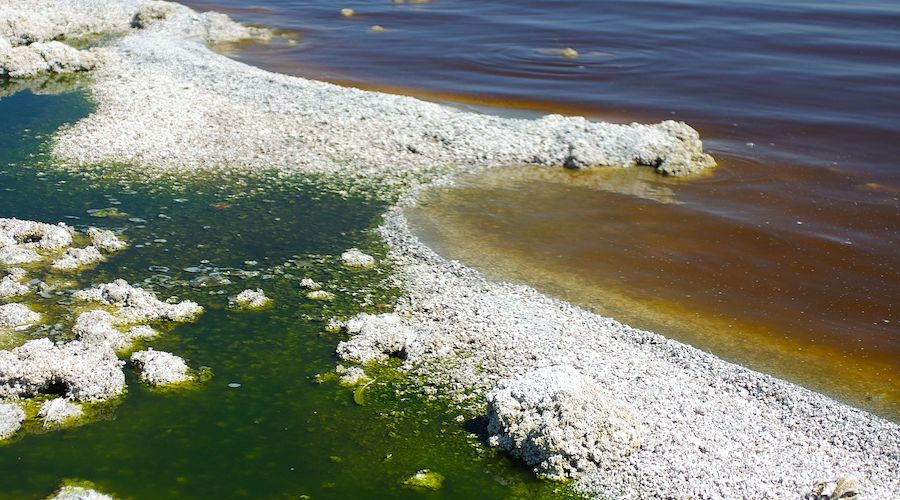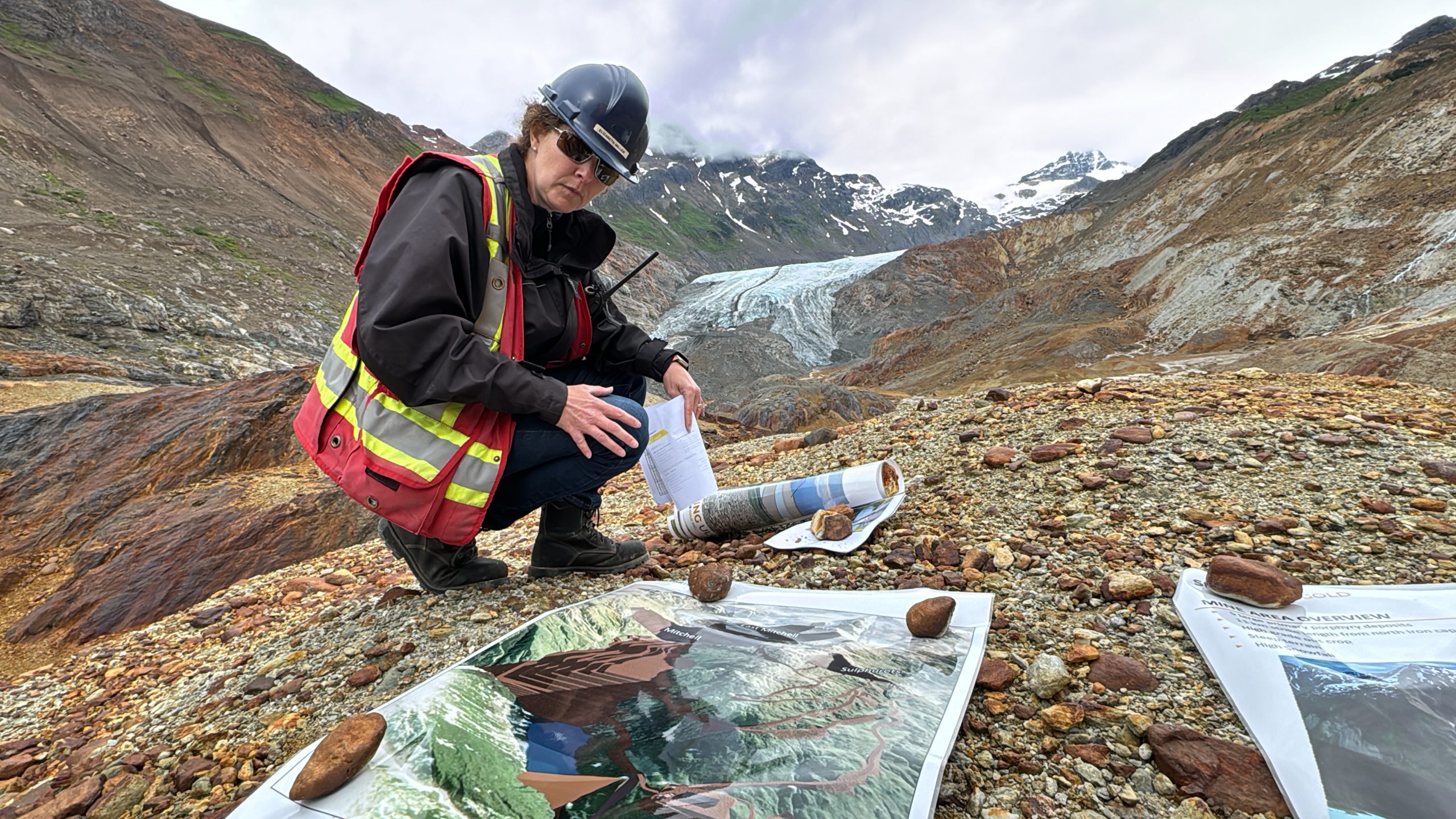“Geothermal development has been stagnant for the last 30 years due to economic and logistic constraints but coupling it with lithium extraction could make plants more profitable, faster,” Dave Goodman, one of the scientists involved in the study, said in a media statement.
Goodman explained that in geothermal energy production, called brine is heated by super-hot rock deep underground. When the brine is moved to the surface, it cools rapidly, producing steam that turns turbines and generates energy. Then, the brine is returned to the ground, continuing the cycle.
The scientist pointed out that the United States has the largest known geothermal resource in the world, with an estimated potential to provide up to 10% of the total US electricity capacity.
But geothermal resources at the Salton Sea don’t just offer renewable energy—the brine is full of minerals, including valuable metals like lithium, that could be extracted with the right technologies.
Currently, very little lithium is produced in the country, which imports most of the battery metal from Australia, Chile, and China. Thus, creating a sustainable domestic supply of lithium has led researchers and developers to get creative about how and where to extract more lithium.
“There’s a lot of optimism around future lithium extraction technologies,” Patrick Mirick, another scientist involved in the project, said. “Our research shows that if these technologies work as planned, they’ll be a financial game changer for the geothermal industry.”
Techno-economic analysis
To determine just how much co-locating lithium extraction at geothermal power plants could potentially change the industry, the PNNL group conducted a techno-economic analysis to project plant profitability over time in the Salton Sea.
Looking at different timelines, financing options, and technologies, the researchers projected that incorporating lithium extraction would result in the biggest potential impacts for geothermal plants: decreasing the cost of electricity generation, shortening the time to plant profitability, and increasing net profits—potentially many times over. Such changes would remove significant barriers to development in the geothermal industry.
In 2020, the California Energy Commission (CEC) estimated that the subsurface rock in the southern Salton Sea region contained subsurface brine with the potential to supply 40% of the world’s lithium demand and generate over $7 billion in annual revenue. The potential of this region to produce clean energy and lithium is so promising that the CEC set up the Lithium Valley Commission to further investigate opportunities in this area.
In addition to making financial sense, the PNNL group noted that extracting lithium—and potentially other valuable metals and minerals—from geothermal brine avoids many of the environmental and social concerns associated with current lithium extraction methods.
Because the brine is already brought to the surface to support geothermal development, the additional impacts of adding lithium extraction to a geothermal plant are minimal and expected to have fewer environmental impacts than traditional hard rock mining while providing critical minerals for a clean energy future.




